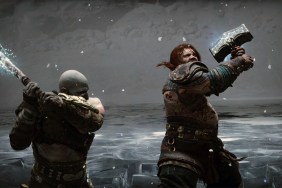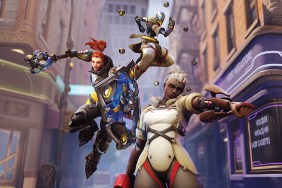Gaming without a HUD is a gift when you're up against triple damage from enemies and almost no resources.
Some games feature difficulty baked in: From Software's Souls games, The Witcher 2, Super Meatboy, Ninja Gaiden, and the whole era of Ninten-difficult gaming. I'm more fascinated by experiences where the difficulty changes the nature of…











